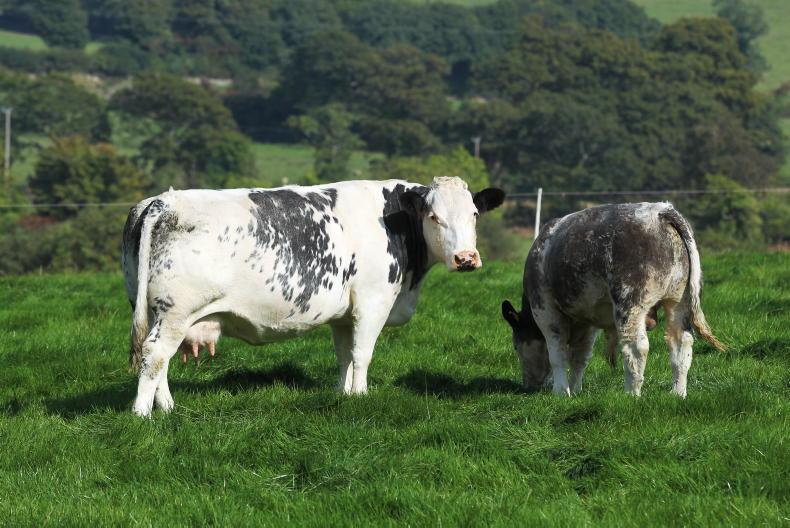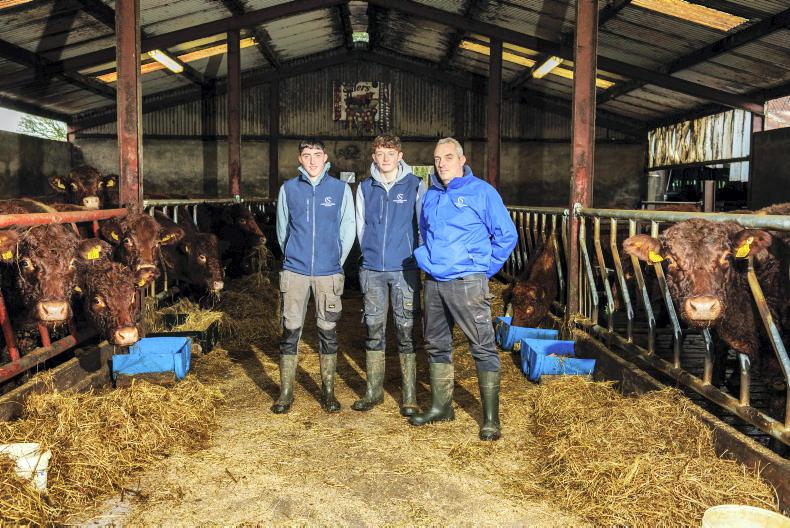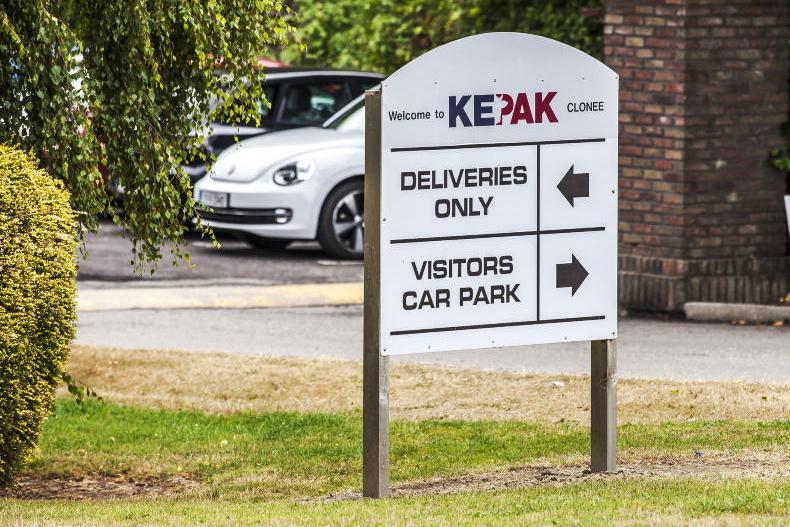Last week’s publication of the Food Vision beef and sheep report has generated a huge reaction on the ground, especially among suckler and beef farmers. The group was asked to prioritise, first of all, a path to achieving the 25% reduction, which involved identifying measures that could reduce emissions and then look at their potential cost.
How the measures would be funded or incentivised was outside of the group’s remit. It is up for the Government to decide what gets priority and how it’s funded.
Much of the debate has centred around two proposed measures in the report – a suckler reduction scheme and a suckler exit scheme. Both have been included in the report as a proposal.
The group has indicated a once-off income foregone figure of €1,080 for exiting production and a figure of €1,350/cow for reducing numbers.
It’s important to note that this isn’t an incentive payment, with any funding to incentivise farmers to reduce or exit still to come to the table.
On the two proposals, Food Vision beef and sheep group chair Thia Hennessy said: “The group thought there may be some older farmers who would opt out and it may suit some to reduce so that’s why they were included.”

Thia Hennessy.
There has been some criticism in farming circles that no social or economic impact assessment has been produced to accompany the report but Hennessy defended the findings.
Speaking to the Irish Farmers Journal, she said: “You first need to come up with the proposals which the group was asked to do and you then take a look at the impact of rolling out those proposals. That’s for the next stage.”
She also stressed that it was important to understand that based on the current science available to us, Ireland could not meet its 25% emissions reduction target without reducing animal numbers.
Hennessy said: “It’s important for people to be honest with each other. We can’t meet the targets without reducing cow numbers. This is the first report that I have seen that has openly stated that.
“New science like lower methane emitting genetics could come along but the clock is ticking and any new research has to be proven, peer reviewed, put into action and then findings reported before anybody takes that into account against our emissions so that takes a few years.”
Lowering slaughter age has also come up for a lot of discussion and Hennessy believes that farmers should be more open to adopting things like two-year-old calving and earlier slaughter of cattle.
“Farmers need to be as open as they can to adopting these measures because if we don’t it just means that more cows will have to go to meet the target”
She also outlined the importance of acting fast with any scheme.
“The suckler herd is currently contracting at the rate of 3% per year but if farmers suddenly thought they will get paid to exit, that decline could stop very quickly so we need to move fast with any new proposals,” Hennessy said.
Last week’s publication of the Food Vision beef and sheep report has generated a huge reaction on the ground, especially among suckler and beef farmers. The group was asked to prioritise, first of all, a path to achieving the 25% reduction, which involved identifying measures that could reduce emissions and then look at their potential cost.
How the measures would be funded or incentivised was outside of the group’s remit. It is up for the Government to decide what gets priority and how it’s funded.
Much of the debate has centred around two proposed measures in the report – a suckler reduction scheme and a suckler exit scheme. Both have been included in the report as a proposal.
The group has indicated a once-off income foregone figure of €1,080 for exiting production and a figure of €1,350/cow for reducing numbers.
It’s important to note that this isn’t an incentive payment, with any funding to incentivise farmers to reduce or exit still to come to the table.
On the two proposals, Food Vision beef and sheep group chair Thia Hennessy said: “The group thought there may be some older farmers who would opt out and it may suit some to reduce so that’s why they were included.”

Thia Hennessy.
There has been some criticism in farming circles that no social or economic impact assessment has been produced to accompany the report but Hennessy defended the findings.
Speaking to the Irish Farmers Journal, she said: “You first need to come up with the proposals which the group was asked to do and you then take a look at the impact of rolling out those proposals. That’s for the next stage.”
She also stressed that it was important to understand that based on the current science available to us, Ireland could not meet its 25% emissions reduction target without reducing animal numbers.
Hennessy said: “It’s important for people to be honest with each other. We can’t meet the targets without reducing cow numbers. This is the first report that I have seen that has openly stated that.
“New science like lower methane emitting genetics could come along but the clock is ticking and any new research has to be proven, peer reviewed, put into action and then findings reported before anybody takes that into account against our emissions so that takes a few years.”
Lowering slaughter age has also come up for a lot of discussion and Hennessy believes that farmers should be more open to adopting things like two-year-old calving and earlier slaughter of cattle.
“Farmers need to be as open as they can to adopting these measures because if we don’t it just means that more cows will have to go to meet the target”
She also outlined the importance of acting fast with any scheme.
“The suckler herd is currently contracting at the rate of 3% per year but if farmers suddenly thought they will get paid to exit, that decline could stop very quickly so we need to move fast with any new proposals,” Hennessy said.











SHARING OPTIONS